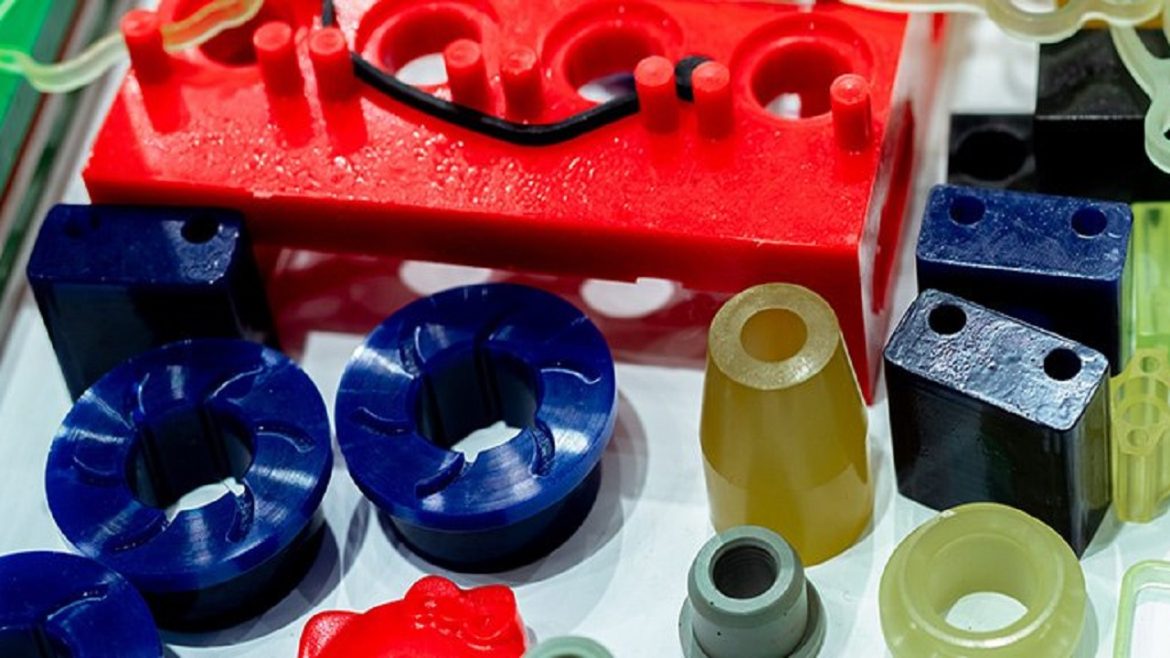When embarking on an injection molding project, one of the most critical decisions you’ll face is choosing the right material. The material you select will profoundly impact the performance, aesthetics, and cost-effectiveness of your final product. This article will show details of how to make this crucial choice, guiding you through the factors to consider when selecting the ideal material for your injection molding project.
Understanding Material Options
Before diving into the specifics of your project, it’s essential to have a solid understanding of the various materials available for injection molding. These materials fall into two primary categories: thermoplastics and thermosetting plastics. Thermoplastics are the most commonly used materials in injection molding due to their versatility, while thermosetting plastics are known for their durability and heat resistance.
Considerations for Material Selection
- Application Requirements: Start by assessing the functional requirements of your product. Is it a load-bearing component, an aesthetic part, or something that needs to withstand extreme temperatures? Identifying the application’s needs will help narrow down material choices.
- Mechanical Properties: Different materials offer varying levels of strength, stiffness, and impact resistance. Evaluate the mechanical properties required for your product to perform optimally.
- Chemical Compatibility: Consider whether your product will come into contact with chemicals, solvents, or other substances. Some materials are more resistant to chemical exposure than others.
- Aesthetic Preferences: If your product’s appearance is essential, select a material that offers the desired finish, color, and texture. Some materials can be easily colored or customized to meet specific design requirements.
- Cost Constraints: Material costs can significantly impact your project’s budget. Balancing performance requirements with cost considerations is crucial for cost-effective production.
- Manufacturability: Some materials are easier to mold than others. Complex geometries and thin-walled parts may require materials with excellent flow properties.
Common Injection Molding Materials
Here’s a quick look at some of the commonly used materials in injection molding:
- ABS (Acrylonitrile Butadiene Styrene): Known for its excellent impact resistance and versatility, ABS is often used for consumer products, automotive parts, and electronics.
- Polypropylene (PP): PP is a lightweight, cost-effective material with good chemical resistance. It’s widely used for packaging, consumer goods, and automotive components.
- Polycarbonate (PC): PC offers high impact strength and optical clarity. It’s a popular choice for transparent or translucent parts, such as lenses and medical devices.
- Nylon (PA): Nylon is valued for its exceptional strength, wear resistance, and versatility. It’s commonly used in gears, bearings, and automotive components.
- Polyethylene (PE): PE is known for its low cost and chemical resistance. It’s used in a wide range of applications, from packaging to industrial components.
- Polyethylene Terephthalate (PET): PET is a durable and transparent material commonly used for bottles, containers, and packaging.
Consulting with Material Experts: Seek Professional Advice
Choosing the right material for your injection molding project can be a complex process, and it’s often beneficial to consult with material experts or experienced injection molders. They can provide insights into material properties, processing requirements, and cost-effectiveness, helping you make an informed decision.
Conclusion
In the world of injection molding, material selection is a critical determinant of a project’s success. By considering the specific needs of your application, mechanical properties, aesthetics, cost constraints, and manufacturability, you can choose the ideal material that will bring your product to life with the desired performance and quality. Remember that the right material is the foundation of a successful injection molding project.
